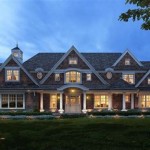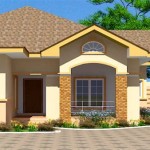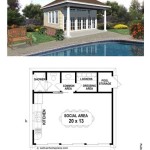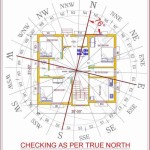Essential Considerations for Cold Weather Home Plans
Designing a home for cold climates requires careful planning to ensure comfort, energy efficiency, and safety during the harsh winter months. Here are some crucial aspects to consider when creating cold weather home plans:
Insulation
Insulation is paramount for reducing heat loss and maintaining a comfortable indoor temperature. Opt for high-performance insulation materials with a high R-value, such as dense fiberglass, cellulose, or spray foam. Consider insulating all exterior walls, floors over unheated spaces, and attics to minimize thermal bridging.
Windows and Doors
Windows and doors are potential sources of heat loss. Choose energy-efficient windows with low U-factors and high insulation values. Opt for double or triple-glazed windows with argon or krypton gas fills to improve thermal performance. Similarly, select insulated doors with tight seals to prevent drafts and heat loss.
Heating Systems
The heating system is essential for maintaining warmth during cold weather. Consider high-efficiency options such as geothermal heating, radiant floor heating, or air-source heat pumps that minimize energy consumption. Zone heating systems allow for precise temperature control in different rooms, enhancing comfort and efficiency.
Ventilation
Proper ventilation is crucial to prevent moisture buildup and maintain indoor air quality. While reducing air leaks is important for energy efficiency, consider installing a balanced ventilation system that exchanges stale air with fresh outdoor air while recovering heat. This helps prevent excessive humidity, which can lead to condensation and mold growth.
Snow Load and Wind Resistance
In areas with heavy snowfall, designing the roof to withstand snow loads is critical. Use stronger roof trusses, thicker sheathing, and reinforced snow guards. Additionally, ensure proper wind resistance by using hurricane ties to secure roof components and siding. Consider overhangs and canopies to protect from wind-driven snow and rain.
Exterior Cladding
The exterior cladding should withstand the elements and provide insulation. Choose materials that can endure cold temperatures, moisture, and wind. Consider fiber cement siding, insulated vinyl siding, or stone veneers. Ensure the cladding is properly sealed and flashed to prevent water infiltration.
Additional Considerations
In addition to these essential aspects, other considerations for cold weather home plans include:
- Passive solar design to capture and store heat from the sun
- Snow melting systems for driveways and walkways
- Attached garages to reduce exposure to the cold
- Emergency backup systems for heating and power outages

Passive Design Strategies For Cold Climate

Cozy Winter Cabins A Frame House Plans And More Houseplans Blog Com

Home Design Floor Plans Simple House Tiny

15 Smart Design Choices For Cold Climates

Cozy Winter Cabins A Frame House Plans And More Houseplans Blog Com

15 Smart Design Choices For Cold Climates

Cozy Winter Cabins A Frame House Plans And More Houseplans Blog Com

Cozy Winter Cabins A Frame House Plans And More Houseplans Blog Com

Warm Modern House Plans Blog Dreamhomesource Com

Passive Design Strategies For Cold Climate








